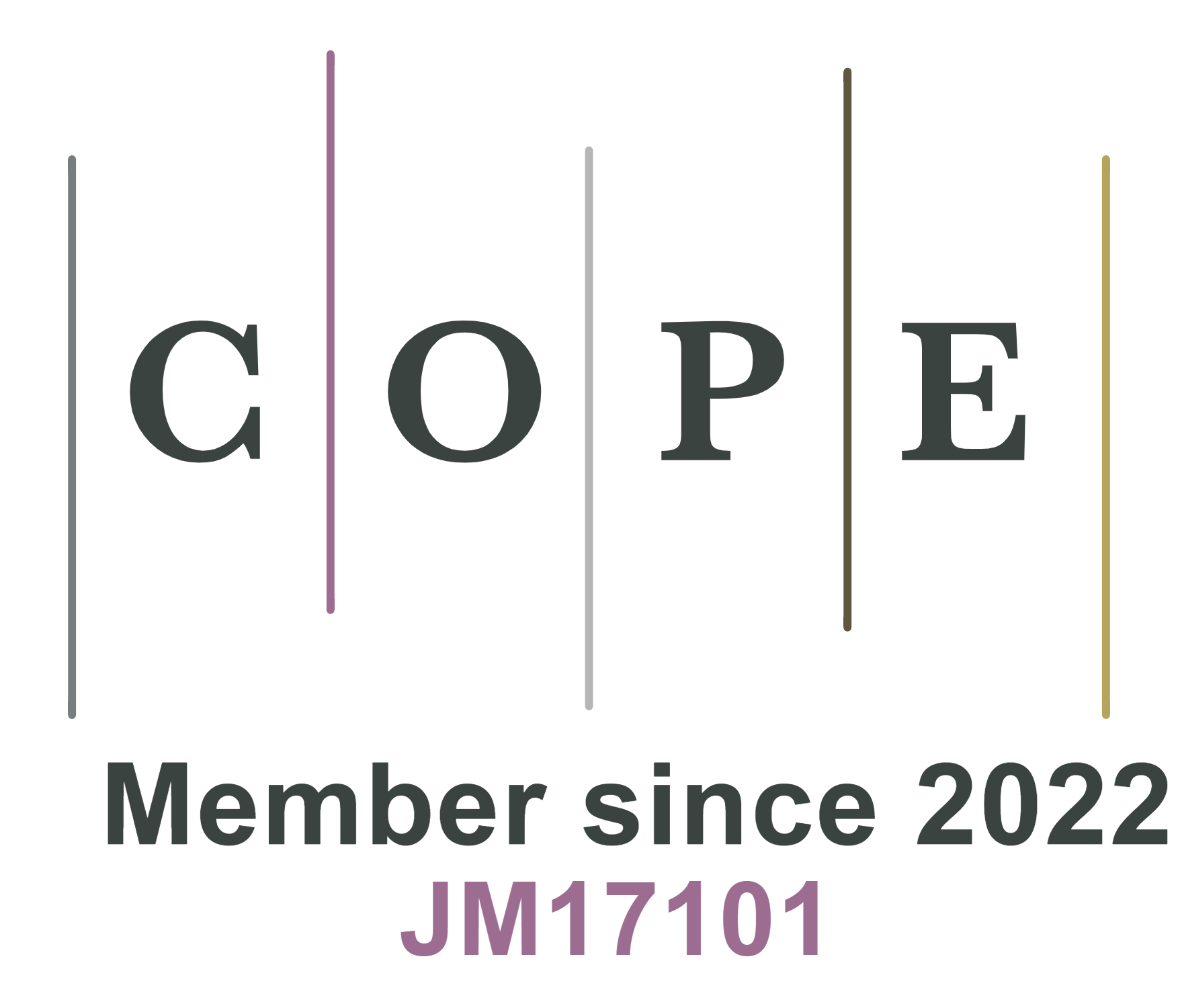Nitrogen and oxygen-codoped dense porous carbon enhancing ion adsorption for high-volumetric performance supercapacitors
Abstract
The increasing prevalence of portable electronics and Internet of Things devices has led to a rising demand for energy storage devices that can charge and discharge quickly. Supercapacitors, known for their high power density and long working life, are considered as promising candidates. Nevertheless, the comparatively low energy density continues to pose a substantial challenge. Activated carbon (AC), despite its widespread use as the electrode material, still suffers from unsatisfactory specific volumetric capacitance. Here, we propose a novel co-chemical welding strategy using coal liquefaction residue-derived carbon dots and melamine as precursors, developing a nitrogen/oxygen-codoped dense porous carbon (NDPC) with carbon dot-embedded amorphous carbon (CDEA) structure via electrostatic assembly and mechanical compaction. The optimized material achieves a high compaction density of 1.19 g·cm-3, providing continuous conductive pathways and additional active sites due to nitrogen/oxygen (N/O) co-doping. Our experimental results demonstrate remarkable improvements in both volumetric and gravimetric specific capacitances, reaching 373.6 F·cm-3 and 314 F·g-1 at a current density of 1 A·g-1, respectively. Density functional theory results also confirm that N/O co-doping enhances ion adsorption capacity. This study may provide a new approach for developing high-volumetric capacitance supercapacitor electrode materials, thereby advancing the field of energy storage technologies.
Keywords
Carbon dots, coal liquefaction residue, supercapacitors, nitrogen/oxygen-codoped carbon, volumetric capacitance
Cite This Article
Chen Y, Wang Z, Mei X, Wang Q, Xie H, Li Y. Nitrogen and oxygen-codoped dense porous carbon enhancing ion adsorption for high-volumetric performance supercapacitors. Energy Mater 2025;5:[Accept]. http://dx.doi.org/10.20517/energymater.2025.105













